Specifications
| Title | Two Studies of Stags |
|---|---|
| Material and technique | Pen and brown ink, on parchment |
| Object type |
Drawing
> Two-dimensional object
> Art object
|
| Location | This object is in storage |
| Dimensions |
Height 134 mm Width 189 mm |
|---|---|
| Artists |
Workshop of:
Pisanello (Antonio di Puccio Pisano)
Attributed to: Taddeo Crivelli Draughtsman: Anoniem |
| Accession number | I 186 (PK) |
| Credits | Loan Stichting Museum Boijmans Van Beuningen (former Koenigs collection), 1940 |
| Department | Drawings & Prints |
| Acquisition date | 1940 |
| Creation date | in circa 1430-1460 |
| Inscriptions | '38' (below left, pencil), 'de Cimabue' (below, pen and brown ink) |
| Collector | Collector / Franz Koenigs |
| Provenance | Eugène Rodrigues (1853-1928, L.897)**, Paris; - ; Franz W. Koenigs (1881-1941, L.1023a), Haarlem, acquired in 1925 (Pisanello); D.G. van Beuningen (1877-1955), Rotterdam, acquired with the Koenigs Collection in 1940 and donated to Stichting Museum Boijmans Van Beuningen |
| Exhibitions | Düsseldorf 1929, no. 83; Paris 1932, no. 160; Amsterdam 1934, no. 613; Groningen 1949, no. 10; Paris 1952, no. 2; Rotterdam 1952, no. 77; Paris/Rotterdam/Haarlem 1962, no. 13 |
| Internal exhibitions |
Tekeningen uit eigen bezit, 1400-1800 (1952) Italiaanse tekeningen in Nederlands bezit (1962) |
| Research |
Show research Italian Drawings 1400-1600 |
| Literature | Düsseldorf 1929, no. 83; Paris 1932, no. 160; De Hevesy 1932, p. 145, ill.; Amsterdam 1934, no. 613 (Pisanello); Venturi 1934, p. 494; Hannema 1942, ill. (Pisanello); Groningen 1949, no. 10 (Pisanello); Paris 1952, no. 2; Haverkamp Begemann 1952, no. 77; Haverkamp Begemann 1957, no. 32, ill. (Pisanello); Degenhart/Schmitt 1960, p. 137; Paris/Rotterdam/Haarlem 1962, no. 13, pl 14 (Pisanello); Fossi Todorow 1966, no. 459, p. 199; Magagnato 1966, pp. 290, 295; Degenhart/Schmitt 1968, vol. I-2, p. 641 (Pisanello); Paris/Verona 1996, pp. 107, 464-65; Cordellier/Py 1998, vol. 2, pp. 584-85, 606, fig. 20 (Taddeo Crivelli) |
| Material | |
| Object | |
| Geographical origin | Italy > Southern Europe > Europe |
Do you have corrections or additional information about this work? Please, send us a message

























